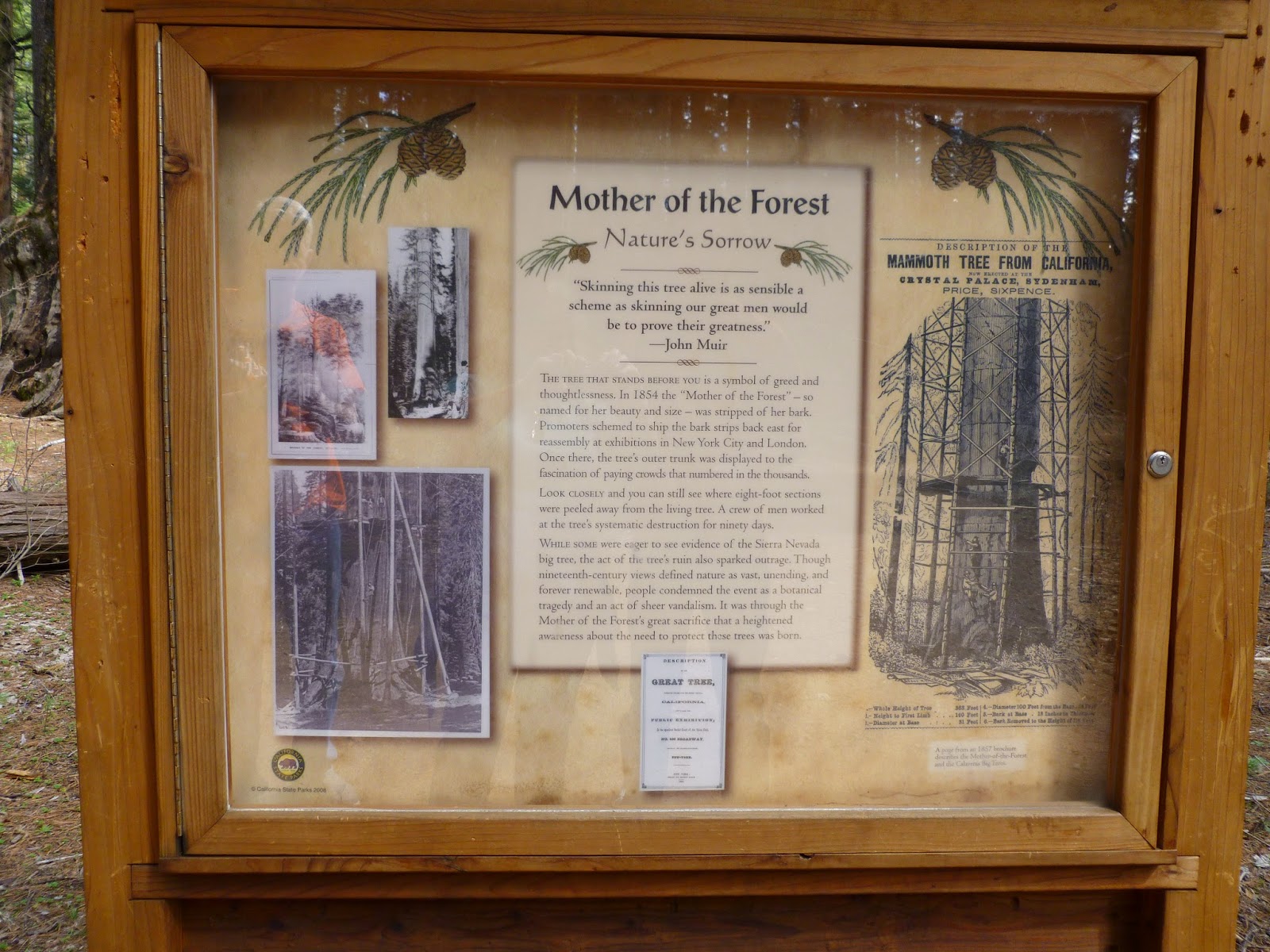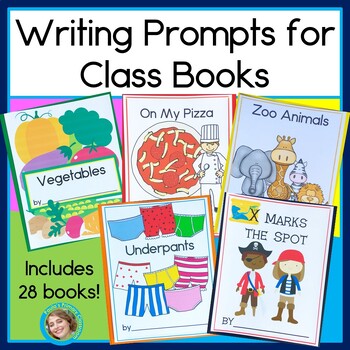Last week, during spring break, my family took a trip to Calaveras Big Tree State Park in California.
We walked through the North Grove, a 1.5 mile path amongst 2000 year old sequoias. There are both shorter and longer paths, camp sites, and much more to do at the park, and if you are interested you can click the link at the top of this page to the official web page for the park.
Early in our walk we came upon this tree stump, which was used as a dance floor way back when.
You get a much better perspective when you see a person near a section of the tree! These trees were so large that there weren't saws long enough to cut through them, so they used plumbing augers to drill many many holes into the trunk instead.
During this early part of the walk I really was just taking in the sheer size of the trees, which, regardless of seeing pictures, I hadn't really understood.
These trees, Mother and Son, appear to have been pressed against each other, the parts of their trunks facing each other mirroring each other's shape.
Here's the view from between them.
"The largest redwood in Calaveras Big Trees State Park is the Louis Agassiz tree. It is located in the South Grove. This tree is "only" 250 feet tall, but it is over 25 feet in diameter six feet above the ground! The largest tree in the North Grove is probably the Empire State Tree, which is 18 feet in diameter six feet above the ground."The largest Sierra Redwoods have a diameter of 30 feet, and measure 93 feet around!
If you are a teacher, try measuring out 93 feet of string, tying it into a loop, and laying it out on the ground. How many children can you get in that space? Oh, my, goodness! Can you measure and lay out a string 300 feet long to represent the height of one of these trees? Wow!
My family laughed at me, but I laid on the ground to take a picture looking up at these marvels of nature. I got dusty, but the view was well worth it!
There is a hollow, fallen tree that you can walk through. I'm 5'2" and could easily stand up, my 6' tall son had to stoop in some places. This is the view up through a crack in the tree. Look how thick the remaining wood is.
Just past half way along the trail we came upon The Mother of the Forest.
She is dead, killed by human greed.
The price of viewing her reassembled bark was sixpence. I keep finding myself making judgements about these circumstances, and then skirting around the very difficult environmental questions of our own times, and my own role in using resources.
Does she remind you of Edvard Munch's "The Scream"?
Near her is another testament to human folly. I have to admit, seeing pictures like the one below, I've briefly wondered if cutting the hole through it harmed the tree, but I've always let it go, to be amazed by the very clear size of the trees shown in pictures like this.
The answer is yes, cutting through trees like this does indeed harm them. It's 140 years since this tree was hollowed out, and there is only one small surviving branch.
Here's the remaining life in the tree, the little leafy part at the top left in this picture.
Again, I wondered about my own role in all of this, as I stood at the base of this dying tree, taking pictures in the same place people have been taking pictures for 140 years, a photo opportunity that is killing the tree. I understand why this is a national park, why people fought political battles to save the remaining trees, and why we still visit Mother of the Forest, and The Pioneer Cabin Tree. They are reminders to stop and think about our own roles in the world, a call to arms - or at least to composting, recycling and using resources more wisely.
What does this experience mean for me as a teacher and as a parent? I have to admit, after a week thinking about it, I'm still not sure. I don't know my own role in this, not clearly, and so how can I lead children to find theirs? When it comes to reading and writing and math and how caterpillars grown and change into butterflies, all those "normal" things we teach our children, I know where I stand. I'm comfortable dancing my part in the give and take of learning and teaching. It is a dance, a back and forth, leading and following, finding the way together.
And there the answer lies. I'm sharing my experience with you, continuing the dance, learning and and teaching.
We'll find the way together.




























